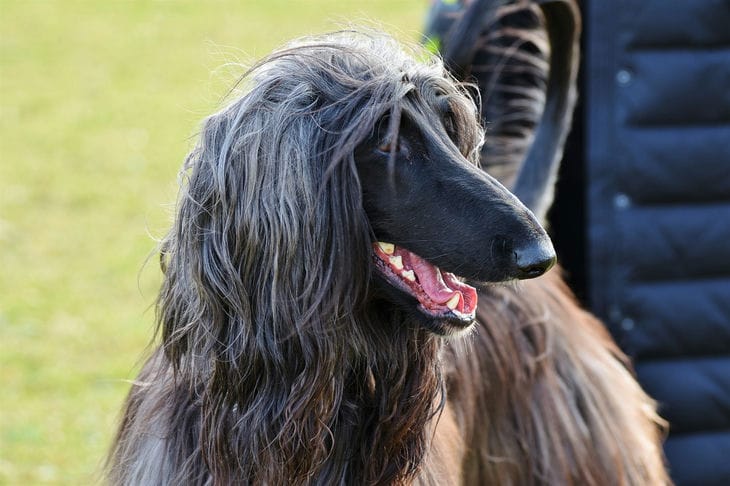Dogs That Are Surprisingly Similar to Cats: Their Traits and Unique Habits
There are dog breeds that are remarkably similar to cats and can attract the attention of both cat and dog lovers.
Afghan Hound: Elegance and Independence
The Afghan Hound is a dog breed that not only has a stunning appearance, but also has cat-like habits.
They are independent and elegant, can jump over obstacles like cats, so they require special attention and preparation of the space where they live.
Papillon: a combination of friendliness and confidence
The Papillon is a dog breed that, like cats, can be independent and confident.
They are excellent companions and get along well with children and adults. However, they require training and socialization to live harmoniously with others.

Basenji: Active and Loyal
Basenjis, which resemble cats, are very active and goal-oriented.
They are independent, but very loyal to their owners. Like cats, they approach strangers with caution.
Italian Greyhound: curious and observant
The Italian Greyhound, also known as the Italian Greyhound, has cat-like features.
These dogs are inquisitive and observant, and always want to be aware of everything that is happening around them.
Conclusion
Dog breeds that are remarkably similar to cats offer a unique experience for those who want a pet with traits of both species.
They combine the devotion of dogs and the tenderness of cats, creating a special harmony in the family.
Choosing a breed that best suits your lifestyle and preferences will be an important step in creating a strong and supportive bond with your future pet.
Previously, it was reported about the rules for introducing an adult dog to a puppy .
